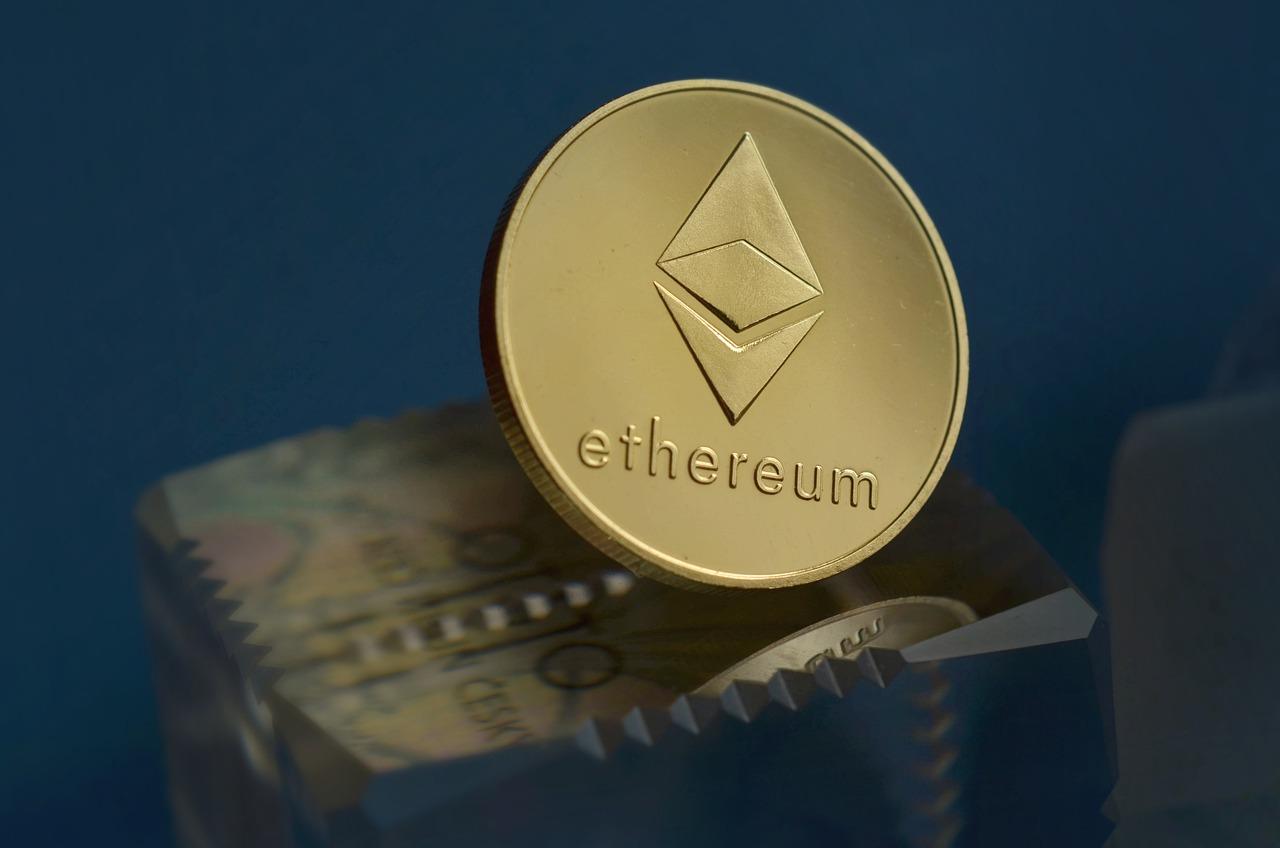Ethereum (ETH) is the second most valued cryptocurrency, even though it was only launched in 2015 by Vitalik Buterin who was one of many people who participated in the development of Bitcoin. Like Bitcoin, Ethereum is also decentralized, based on the system of blockchain. Besides, it is a programming language that helps developers to run and publish distributed applications. The token is ether and the mining works on the proof-of-work system.
Etherum created a revolutionary concept of using blockchain - smart contracts. Smart contracts are there to help developers to run and publish distributed applications. You can imagine it like when the software runs on computers. It means that this system can hold or transfer personal data or deal with complex financial transactions nevertheless with the advantage that it can run on multiple computers at the same time. Each smart contract is written into the blockchain and cannot be changed. Due to the smart contracts, many new cryptocurrencies were launched.
You can imagine the situation as a purchase without any third party’s involvement. The potential is enormous as third parties usually slow the process down, are expensive and most of the time ineffective. With the decentralized system, smart contracts provide a safer and better place for transactions. Also, the data are unchangeable and therefore, it is impossible for any party to change their mind throughout the process and change conditions in their favor.
You have control over your data which means that you don’t have to trust third parties such as Facebook or Google when using some apps. Thus, no one has entry to your personal information and cannot use them.
Nevertheless, it also has its disadvantages as the loss of your coins requires only a single mistake in a code. Another problem is connected to the fact that there is an unlimited number of tokens. Concerns are rising as the ether could devalue. Also, the price for transactions can be really high due to the limited ability to handle more than 25 transactions per second. If the inquiry is high, as in the bull run in 2017, the price can be ridiculously high.



